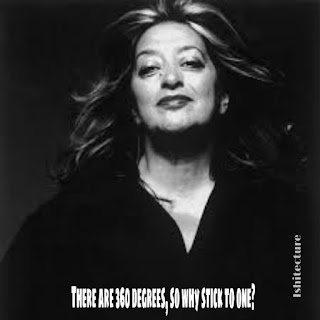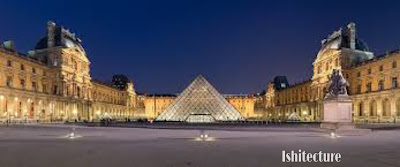WHAT WILL ARCHITECTURE LOOK
LIKE IN 100 YEARS?
If we look
back 100 years from now, the architecture was nothing like it is currently, and
so will be the case for the future, it would be nothing like today. To
understand the future we have to look back in the past. The changes the history
faced will only become the foundation for the changes the future holds. 100
years back, architects tend to gather knowledge about every possible aspect
needed to design a building, from laying brick to setting the interiors. To
design a skyscraper, dozens of architects sat for days to finish the layouts
needed by the contractor to make the building. But today, technology has
invaded the desks of the architects.

Tomorrow’s
architecture will be shaped by interweaving forces, including technology,
concerns of the society, and the creativity of the designer. The future will
have every kind of structure man could possibly imagine, ranging from rotating
buildings to invisible houses, but the catch is everything would be environment
friendly. The future will have a progression of architectural styles as they
may develop over the years. The buildings will reflect high style rather than
basic change or innovation, holding the main idea of sustainable design and
high-tech look. Although the homes will probably always have the same basic
features (a roof, windows, kitchen, bathroom, a room with sofa and TV in it),
the future of architecture has the power to change the way we live – for the
better. In reality, the Earth is running out of resources and room. While there
are lots of potential solutions, architecture can make a big difference. One
way is super tall building- since the sky is literally the limit, and the other
being mixed-use communities, meaning living, playing, shopping and working all
in one area, because peaceful future is something we all dream of. Not only the
exterior of the buildings would change but the interiors would also be some
kind of dream come true. With one touch of a button, facades would be changing
according to the likes of the habitants. Living would become easier with the
advances in technology, people can change the interiors according to their
needs. Buildings would take people closer to nature as they would be more
sustainable rather depending totally on artificial sustenance.
To me, the
phrase “future of architecture” meant some of those wild-looking concept
designs. They can be beautiful and
impressive, but everyone won’t be living in something like that. While all the
highly creative, futuristic architectural designs would be fun, the real future
of architecture will probably be more subtle and practical. Smaller, more
affordable, greener, and with even more advance in technology.
As said by
one of the greatest architects, “Every great architect is- necessarily- a great
poet. He must be a great original interpreter of his time, his day, his age.”
The future
architects would understand the need of the hour and design buildings which can
solve problems and not give birth to more.





Comments
Post a Comment